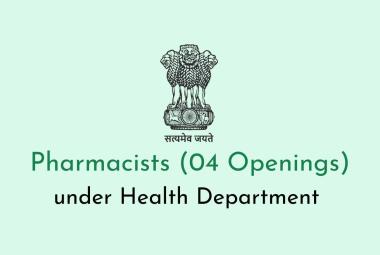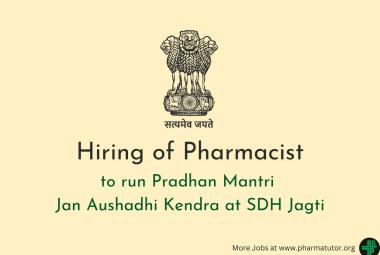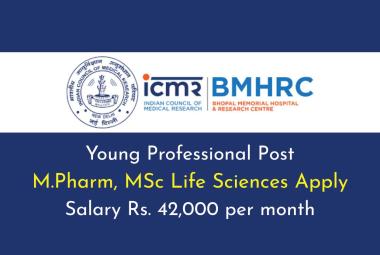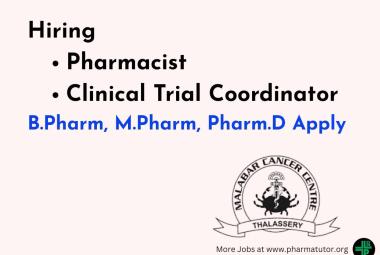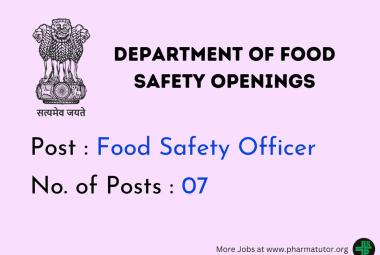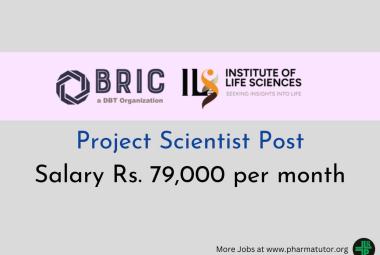Metabolism (biotransformation)
Same like metabolism of carbohydrate, protein, lipids, the drug will metabolized by enzymes present in the body.
The conversion of lipid soluble substances or drug in to water soluble compound by enzymatic reaction is called as bio-transformation. It involves alteration of drug molecule.
Table of Content
The drug which is non polar in nature can be absorbed from GIT, at a faster rate due to more lipophilicity. After absorption of drug, the elimination of drug is also necessary. If the lipophilic drug is passed for elimination, it cannot eliminate. Because lipophlic drug can be filtered in through glomerulas but getting reabsorbed in very huge margin from renal tubules. So, for elimination of drug it has to convert in to hydrophilic form which can be achieved by introduction of polar group.
Thus, metabolism is necessary for termination of biological or pharmacological action of the drug.
The main sites for metabolism of the drugs are liver, kidney, intestine etc. The metabolic site for drug is depends upon the presence of enzyme in particular organ. Most of the enzymes present in the liver. So, it is main metabolic site.
The metabolism of drug leads to,
Inactivation of drug: The active drug is converted in to inactive metabolites & excreted. Ex-lidocaine, ibuprofen. Also conversion of phenytoin to p-hydroxy phenytoin.
Active metabolites from equally active metabolites: The drug is converted in to similar active metabolites. Ex- conversion of codeine in to morphine, having similar activity.
Active metabolites from inactive drug (prodrug): Some drugs given in the form of inactive form which are made active by metabolism.
Ex- enalapril which activated in the form of enalaprilat, which is prodrug.
Conversion in to toxic substances: Xenobiotics metabolizing enzymes are responsible for elimination of drug but may convert it in to toxic metabolites. This occurs when the enzyme convert the drug in to unstable intermediate which has affinity towards cellular component & causing toxic effect. They have carcinogenic activity, when the electron deficient atom is formed which reacted with DNA & RNA of the cell and causing mutation of gene. Other ex- conversion of paracetamol to toxic metabolite causing hepatic toxicity.



